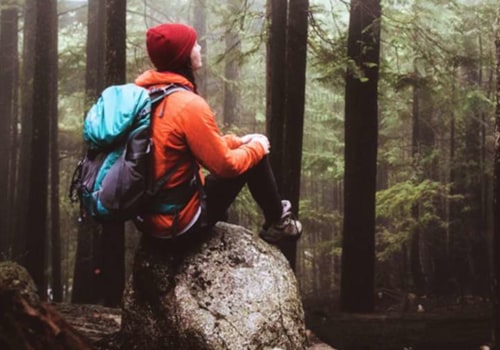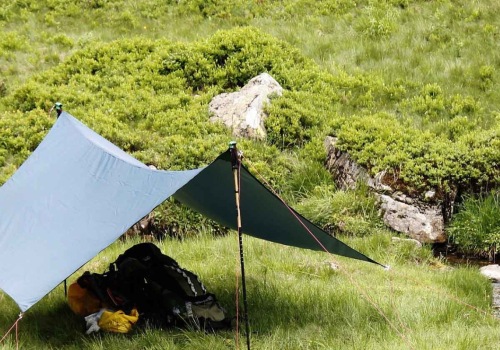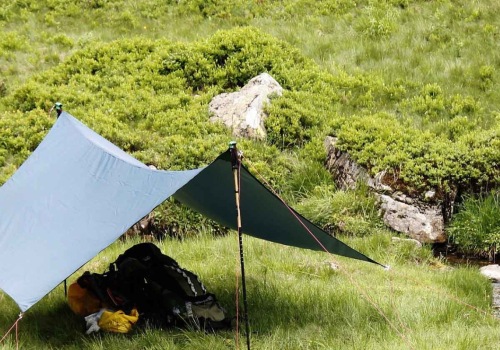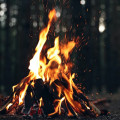?
Top Outdoor Master Your Attitude. A Is No Time to Panic. Carbon sheets obtainable from saws have been found to be capable of withstanding 22 gauge pistol bullets. With just a little adhesive tape and a suitable accessory, you can create armor around your backpack and clothing that will protect you from shrapnel, arrows and certain types of bullets.
They are flexible, shockproof and quite useful. However, there is a caveat: carbon steel rusts and it's not stainless steel. If you want to take a long bath underwater, the trick is to inhale and exhale a couple of times and take a good shot of air before diving in. Hyperventilation not only does not increase oxygen in the blood, but it also decreases the amount of CO2, the compound that informs the brain of the need to breathe.
Without that natural signal, you can hold your breath until you faint and choke. This is known as a shallow-blackout. Cold is a deceptive threat, most fatal cases of occur when it's not too cold, 30 to 50 degrees Fahrenheit. Wet clothes aggravate the temperature effect.
Hydratation
We all know that dehydration can be dangerous and cause dizziness, seizures and death, but drinking too much can be just as bad. In 2002, 28-year-old runner Cynthia Lucero collapsed in the middle of the Boston Marathon She was rushed to a hospital, fell into a coma and died. In the sequels, it became known that she had drunk large quantities throughout the career. Excess fluid in your system induced a syndrome called exercise-associated hyponatremia (EAH), in which an imbalance in the body's sodium levels creates dangerous swelling of the brain.
Drink plenty of . The human body can go up to three days without , but you should plan to replenish your supply as soon as possible. If possible, carry extra and food. Always assume that you'll need extra food and . Carry energy bars and candy for emergencies. can be difficult to purify, but boiling it is the safest way to purify it. When you're in the wilderness, the last thing you want is to get sick from .
is essential for ,and it can be difficult to find it in the wilderness. Luckily, there are ways to get without a large effort. In the jungle, for example, vines run from the ground to the canopy. If you are unable to find a tree with this property, you can cut a piece and place it in your source. Alternatively, if you're in the desert, you can find a low spot in a dry creek bed.
Extreme
A rock formation in Utah called The Wave is remote and beautiful, but also arid and stifling. Last July, a couple :-) walking in the area were found dead after the afternoon overwhelmed them. Just three weeks later, a 27-year-old woman collapsed while walking The Wave with her husband and died before she could get help. The key to successfully apply theese is putting your priorities in order when you're stranded.
Cold weather
You have a lot on your plate, and if you :-) don't prioritize, you'll have huge problems. I am the author of several courses e-books on bird language, naturalist training, observation skills and outdoor mindfulness. If you find yourself in a situation where the cold is overtaking you, remember the following tips. In this section of the website, you'll find an expanding library of information on tips and outdoor .
Consider these essential to improve :-) your chances of success in the wilderness: 1. Build a . Use dry leaves, pine needles, or small pieces of wood to start a that can enable you to cook a meal, stay warm, or ward off wild animals from your site.
Sheltering
Exposure is the most common danger :-) in situations and building a is one of the primary tools used to mitigate that threat
To make sure you're ready for this worst-case scenario, Townes shares his essential for Pacific Northwesters. Outdoor Techniques Every scenario one may encounter is truly :-) unique in and of itself and requires different and techniques. There are quite a few valuable , such as those on the SOS Products Blog, and techniques in nature, but I guess this is one of the most complicated. The last thing you want to do is have a broken leg, so be careful how to proceed with this tip.
Another important tip is to understand the pace of the trail. You should set :-) expectations of landmarks along the way and stop if you do not reach them. It's important to understand your position at all times, as making poor decisions can result in dehydration and injury.
Essential
Read on for essential that could mean the difference between life and death in :-) extreme circumstances.
What follows are ten outdoor bushcraft skills and or to stay alive that you need to practice and learn. help people survive outdoors, cope with the aftermath of natural disasters, and build better connections with the natural world. Remember, it's always much better to know more than less of the best when you're out in the wild. .
When you're planning a trip into the :-) wilderness, you should also learn how to use a first . To improve your skills, it may be a to take a wilderness first aid course or download a first aid app for your phone. You need to know how to treat simple wounds and how to stabilize a broken bone.
Stay Calm
Be calm and think positive. It doesn't sound like much, but optimism goes a long way, and in a in , it starts with you, your attitude and your will no matter how scared and alone you may feelWhen you're in the wilderness, remember to stay calm and take stock of your resources. Panicking will make you lose your composure and reduce your chances of finding help in a in :-) . If you are alone in the wilderness, you should carry a daypack containing a compass, a headlamp, and provisions for the day. Having an inventory of what you have will help you prioritize your needs. And remember the most important tool you have at your disposal is your mind.







Leave Reply